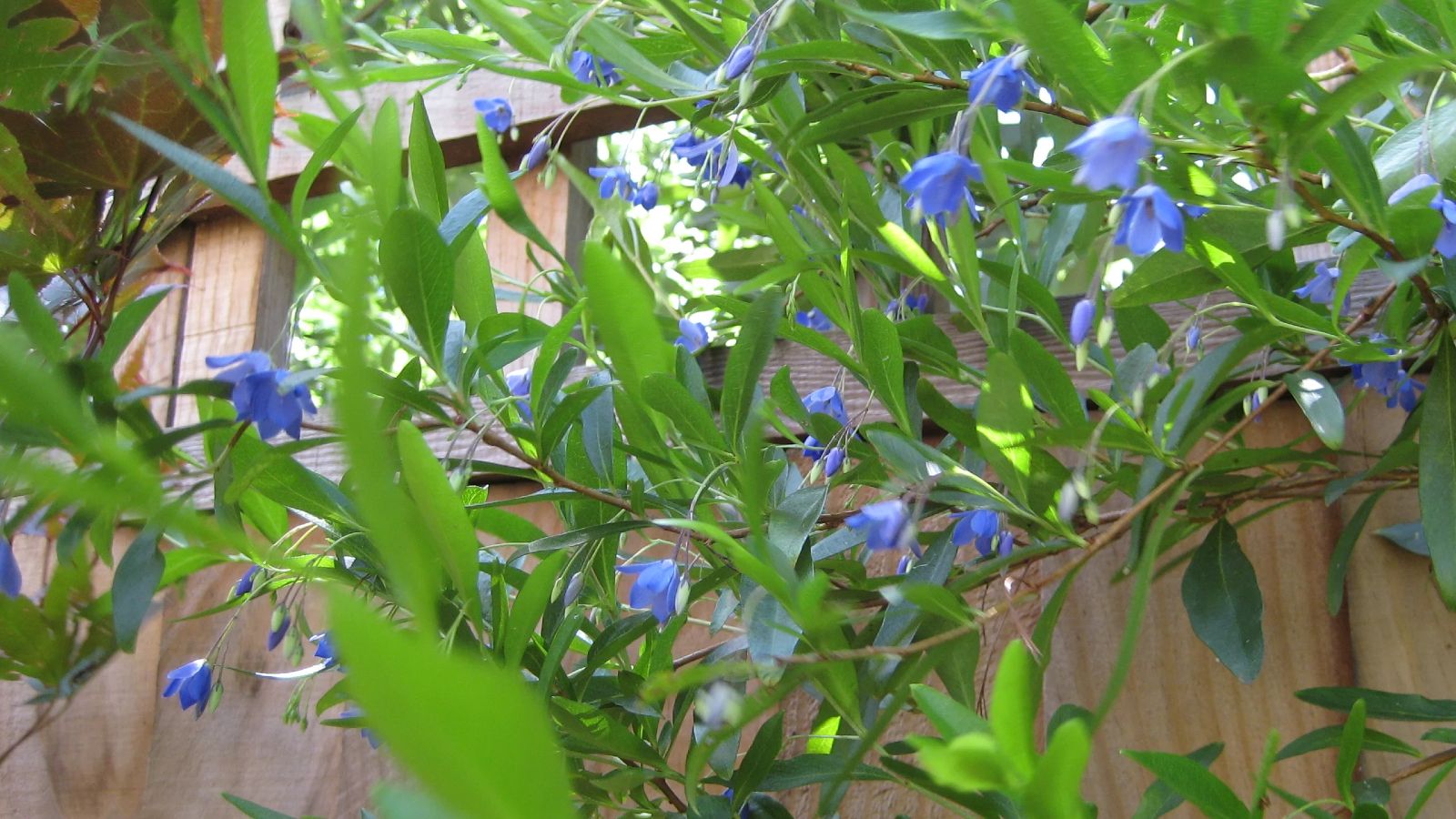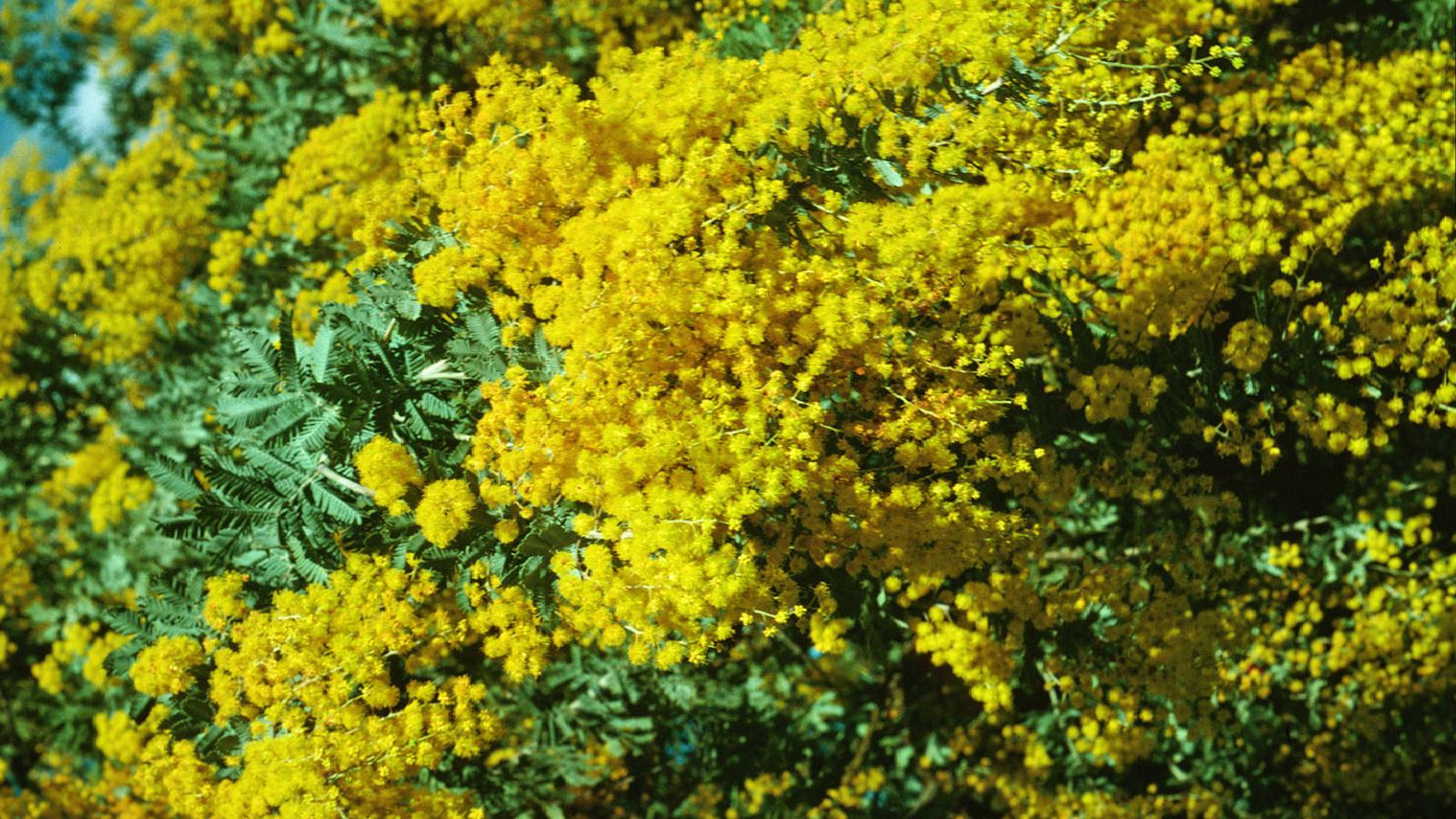Native plants as weeds
Native plants are a great choice for your garden - they promote biodiversity, provide a home for wildlife, and are easy to maintain. However, native plants can also become environmental weeds if they're planted outside of their natural range.
You need to be careful about which natives you plant and consider species less likely to spread. Some native plants can spread fast and:
- invade local native vegetation
- cause more damage than some exotic species, as they have adapted to Australia's poor soils
- alter the habitat of our native animals.
Learn about weedy natives
Learn about different weedy natives on the NSW Weed Wise website. Some species are not included because they are not established as weeds on the NSW south coast. These species are serious weeds in other areas with a similar climate:
Download the WeedScan app to identify a weedy native or read its profile on the Weeds Australia website:
Australian natives that spread
You should try and avoid planting certain native plants. Some species exhibit extreme weed-like behaviour. Two of these native plants are:
Bluebell creeper
Bluebell creeper (Billardiera heterophylla) is a climber with twining stems from Western Australia. This native species:
- smothers other native plants, and competes for sunlight, nutrients, and moisture
- grows at a rapid rate, reaching a height of up to four metres
- has attractive blue, bell-shaped flowers that bloom in spring and summer.
How it spreads
Bluebell creeper produces a lot of seeds. Birds, foxes and other animals eat the seeds, which spread in their droppings. The species can smother native groundcovers and shrubs and invade adjoining bushland.
Cootamundra wattle
Cootamundra wattle (Acacia baileyana) is a native Australian plant. It is a serious threat to woodlands across Australia, and:
- has become an environmental weed in many states of Australia beyond its limited native range
- has lots of ball-shaped yellow flowers, and grows to ten metres high
- competes with other native plants, including shrubs, small trees, and ground flora, impeding their growth.
How it spreads
Cootamundra wattle has hardy seeds spread by birds, ants, cars, and farm machinery. The wattle is often planted in farm windbreaks and on roadsides beyond towns. It then spreads into local native vegetation.
More information
- Department of Primary Industries: NSW WeedWise
- Australian Native Plants Society (Australia): Environmental weeds in Australia
- Weeds Australia: Learn about weeds
- Grow me instead: NSW invasive plants and their alternatives
Contact us
If you need more information about native plants as weeds, contact our Invasive Species Supervisor, Paul Martin, on:
- T: 4474 1000
- E: Council



